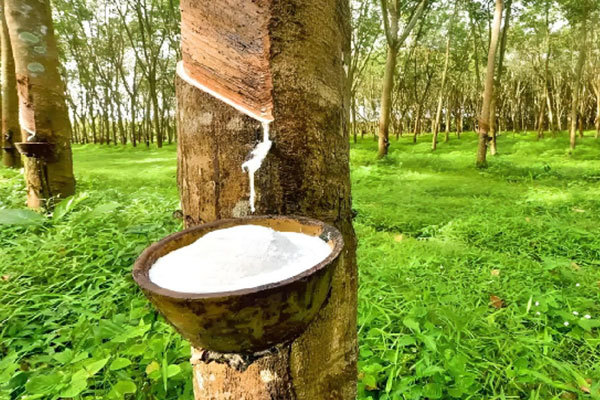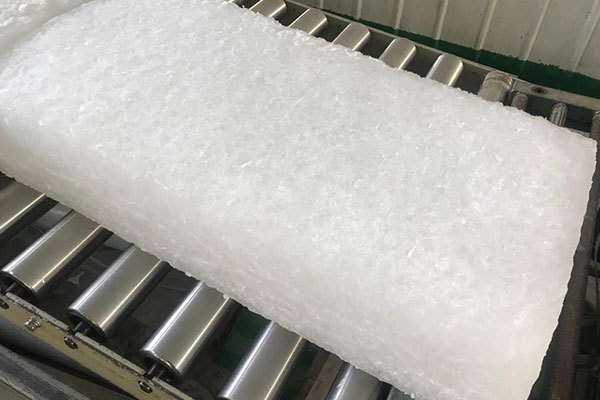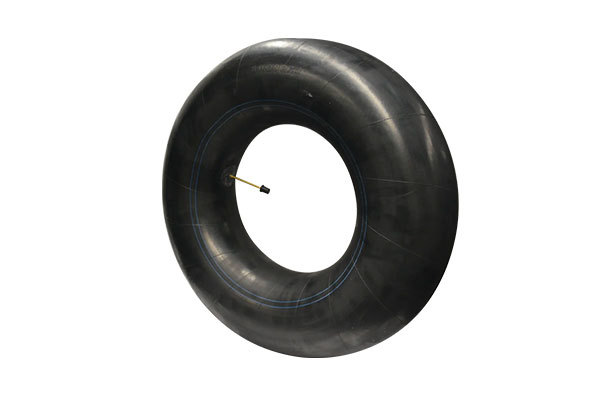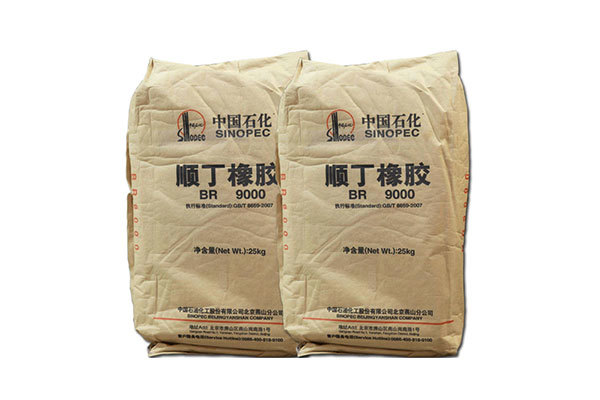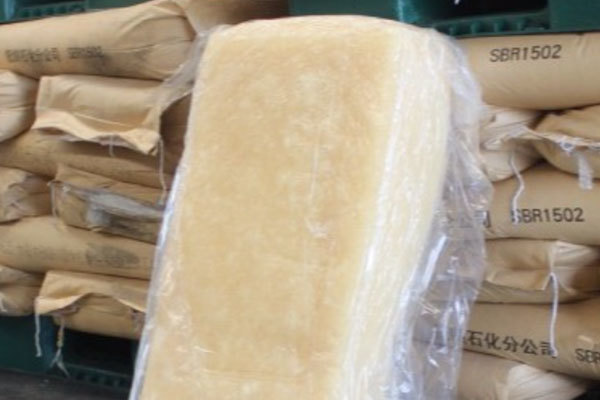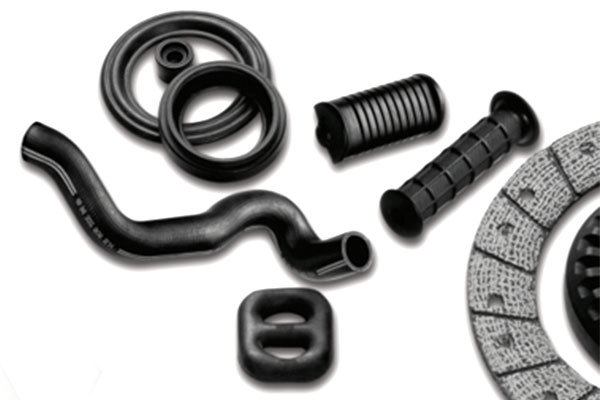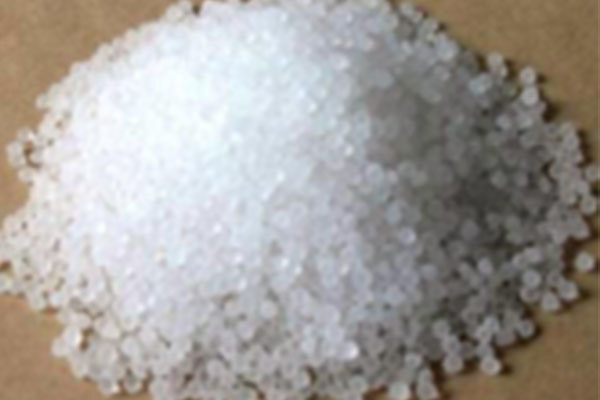

POE (Poly Olefin Elastomer)
POE is an ethylene-α-olefin copolymer elastomer, of which α-olefin refers to the single olefin with double bonds at the end of the molecular chain, and the main known commercial types are α-butene (4C), α-hexene (6C), α-octene (8C), propylene (3C).
Category:
POE
Keyword:
POE (Poly Olefin Elastomer)
Supplier:LG
POE (Poly Olefin Elastomer) Details
POE is an ethylene-α-olefin copolymer elastomer, of which α-olefin refers to the single olefin with double bonds at the end of the molecular chain, and the main known commercial types are α-butene (4C), α-hexene (6C), α-octene (8C), propylene (3C). The special structure makes POE have excellent physical and mechanical properties. POE is mainly used in plastic modification, automotive parts, photovoltaic sealing film and shoe foam.
CAS No.:25087-34-7 HS code: 390140 / 340190
Sundow mainly supplies POE from LG, and there are many grades, here just list the parameters for one grade below:
| Physical Property | Unit | Condition | Typical Value | Test Method |
| Melt Mass-Flow Rate | g/10min | 190℃, 2.16kg load | 5 | ASTM D1238 |
| Density | g/cm³ | Density-Gradient | 0.877 | ASTM D1505 |
| Mechanical Properties | Unit | Condition | Typical Value | Test Method |
| Shore Hardness A | / | Shore A | 73 | ASTM D2240 |
| Tensile Fracture Strain | % | 500㎜/min | >1000 | ASTM D638 |
| Tensile Fracture Stress | MPa | 500㎜/min | 7 | ASTM D638 |
| Flexural modulus | Mpa | Press sheet, 1% Secant | 15 | ASTM D790 |
| Thermal Performance | Unit | Condition | Typical Value | Test Method |
| Melting Temperature | ℃ | by DSC | 62 | LG Method |
| Crystallization temperature | ℃ | by DSC | 46 | LG Method |
| Glass Transition Temperature | ℃ | by DSC | -49 | LG Method |
FAQ
Q1.What's the payment terms?
A: We could accept T/T, L/C payment terms. Normally it's 30% T/T in advance and 70% against B/L copy or 100%LC at sight.
Q2.How about the samples of products?
A: We can provide small samples (not including freight charge).
Q3.What's the package of the cargoes?
A: Normally we provide original packaging, but for some product, we can provide neutral packaging.
Q4.What's the delivery time?
A: We usually deliver the goods within 10~20 days after receiving customer's payment or original LC.
Q5. How do you treat quality complaint?
A: First of all, our quality control will reduce the quality problem to near zero. If there is a quality problem caused by us, we will send you free goods for replacement or refund your loss.
Q6.Which documents can we supply?
Commercial Invoice, Packing List, Certificate of Analysis,TDS, Bill of Loading...All the export shipping documents needed.
Q7.Why do you choose us?
We have very powerful channels offering a comprehensive solution for customers' various needs and help to combine all the goods.
We can supply your company complete range of products with high-grade brand quality, the most competitive pricing channel, and assure fast delivery, which can help to economize the cost and efficiency.
If you have any question please contact with us!
Related Products
NR is a kind of natural polymer compound with polyisoprene as the main component, the molecular formula is (C5H8)n, 91%~94% of its composition is rubber hydrocarbon (polyisoprene), the rest is protein, fatty acid, ash, sugar and other non-rubber substances.
DetailsIR for industrial use has the same main chain molecular structure as NR, and its physical parameters are basically the same. It can replace NR in whole or in part for rubber products such as tires, rubber hose tapes and rubber shoes.
DetailsIIR has good chemical stability and thermal stability, the most prominent is air tightness and water tightness. Its permeability to air is only 1/7 of NR, 1/5 of SBR, and its permeability to steam is 1/200 of natural rubber and 1/140 of SBR.
DetailsBR is the abbreviation of cis-1, 4-polybutadiene rubber, and its molecular formula is (C4H6)n. BR is a structured synthetic rubber made from butadiene polymerization, is the second biggest only to SBR.
DetailsSBR (Polymerized Styrene Butadiene Rubber)
The physical mechanism performance, processing performance and product performance of SBR are close to NR, some properties such as wear resistance, heat resistance, aging resistance and vulcanization speed are better than NR, and can be used with NR and a variety of synthetic rubber, widely used in tires, tape, hose, wire and cable, medical equipment and various rubber products production fields.
DetailsNBR (Butadiene–Acrylonitrile Rubber)
NBR is a copolymer of acrylonitrile and butadiene monomer, which is mainly produced by low temperature emulsion polymerization. It has excellent oil resistance and high wear resistance, heat resistance and strong adhesion, but the insulation performance is not ideal, and the elasticity is slightly lower.
DetailsEP(D)M (Ethylene Propylene (Diene) Monomer)
EP(D)M rubber is a synthetic rubber with ethylene and propylene as the main monomer, according to the different composition of monomers in the molecular chain, there are EPM and EPDM, the former is a copolymer of ethylene and propylene, expressed by EPM, the latter is a copolymer of ethylene, propylene and a small amount of non-conjugated diolefin third monomer, expressed by EPDM.
DetailsSIS (Styrene-Isoprene - Styrene Block Copolymer)
SIS is a kind of styrene-isoprene styrene triblock copolymer, the appearance of white porous particles or translucent dense particles, has the characteristics of thermoplasticity, high elasticity, good melting flow, good compatibility with tackier resin, safety and non-toxic, can be used in hot melt pressure sensitive adhesive, solvent adhesive, flexible printing plate, plastic and asphalt modification fields.
DetailsOnline consultation

Address
Weifang Yuandu Huizhi Industrial Park No.3999, Taixiang West Street, Economic Developing Zone
Phone

